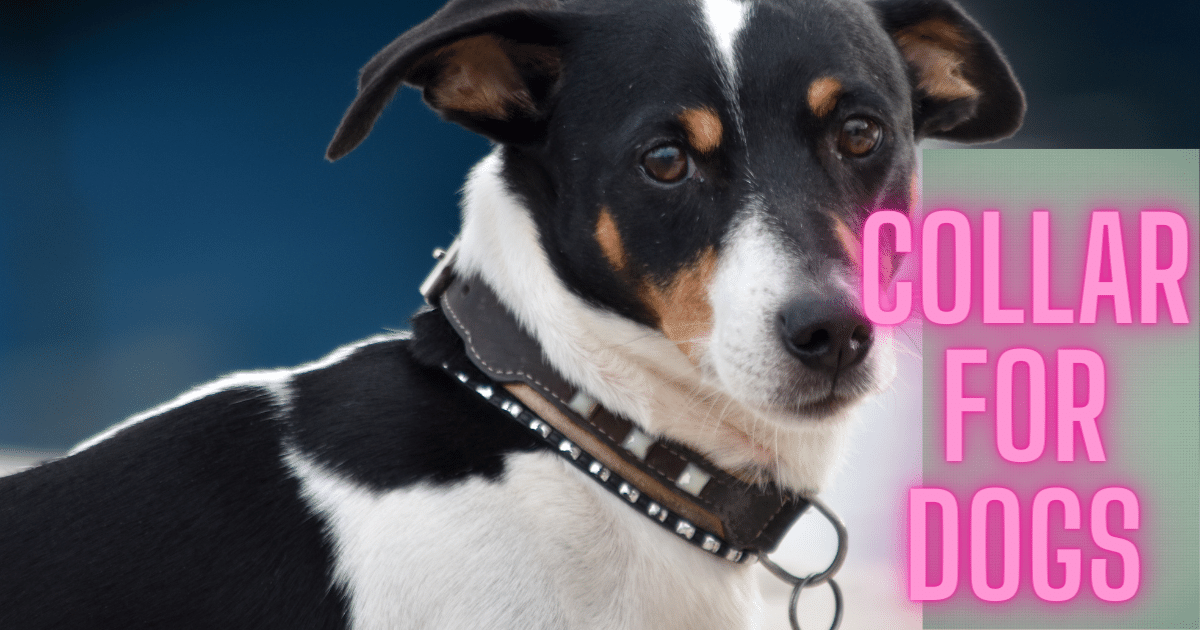Uncategorized
Choosing the Right Collar for Your Dog
When it comes to selecting a collar for your furry companion, making the right choice is crucial for their comfort, safety, and overall well-being. With so many options available, it can be overwhelming to find the perfect fit. In this article, we will guide you through the process of choosing the right collar for your dog. Let’s explore some key considerations and address common questions to ensure you make an informed decision.
How do I choose the right collar for my dog?
Selecting the right collar for your dog involves considering their size, breed, and specific needs. Here are some factors to keep in mind:
- Size and Material: Measure your dog’s neck circumference with a flexible tape measure and choose a collar that fits snugly but allows for comfortable movement. Opt for high-quality materials like nylon, leather, or neoprene that are durable and won’t irritate your dog’s skin.
- Purpose and Functionality: Consider your dog’s lifestyle and specific requirements. If your dog pulls on walks, a no-pull harness or martingale collar may be more suitable. For identification purposes, a collar with an attached tag or an integrated ID panel can be helpful.
- Buckle or Quick-Release: Decide between a traditional buckle closure or a quick-release mechanism. Quick-release collars are designed for easy removal and can be beneficial in emergency situations.
What is the 2 finger rule for dog collars?
The 2 finger rule is a useful guideline to ensure your dog’s collar is not too tight. After fastening the collar, you should be able to comfortably slide two fingers between the collar and your dog’s neck. This allows for a secure fit without causing discomfort or restricting their breathing.
Is a thin or thick collar better for a dog?
The thickness of a dog collar depends on the size and strength of your dog, as well as their specific needs. Consider the following:
- Thin Collars: Thin collars, usually made of lightweight materials like nylon, are suitable for small and medium-sized dogs. They are comfortable and offer flexibility during movement.
- Thick Collars: Thick collars, often made of leather or sturdy materials, are more appropriate for larger and stronger breeds. They provide added durability and support for handling powerful dogs.
Do vets recommend dog collars?
Veterinarians generally recommend using collars for dogs, as they serve important purposes such as identification and leash attachment. However, the specific type of collar may vary depending on the dog’s needs. Vets may recommend different collar styles, such as harnesses, for dogs with certain medical conditions or behavioral issues.
Should the collar be tight or loose?
The collar should fit comfortably around your dog’s neck, neither too tight nor too loose. A properly fitted collar should allow you to slide two fingers between the collar and your dog’s neck. It should be snug enough to prevent slipping off, but loose enough to avoid restricting breathing or causing discomfort. Regularly check and adjust the collar as your dog grows or if their weight fluctuates.
Conclusion
Choosing the right collar for your dog is essential for their comfort, safety, and identification. Consider your dog’s size, breed, and lifestyle when selecting a collar. Measure their neck circumference and ensure a snug fit without being too tight. Remember the 2 finger rule to maintain proper comfort. At ChimpyTrendy, we offer a wide range of trending and high-quality pet products, including dog collars, to cater to your dog’s needs. Prioritize your furry friend’s well-being by selecting the perfect collar that enhances their daily adventures.
Keywords: Dog Collar, choose the right collar, 2 finger rule, thin or thick collar, vets recommend, collar tight or loose, ChimpyTrendy.


